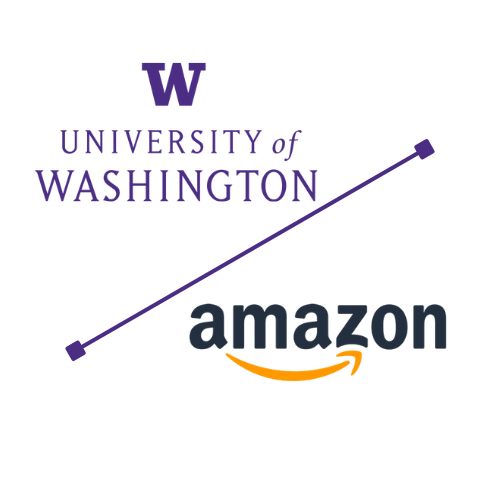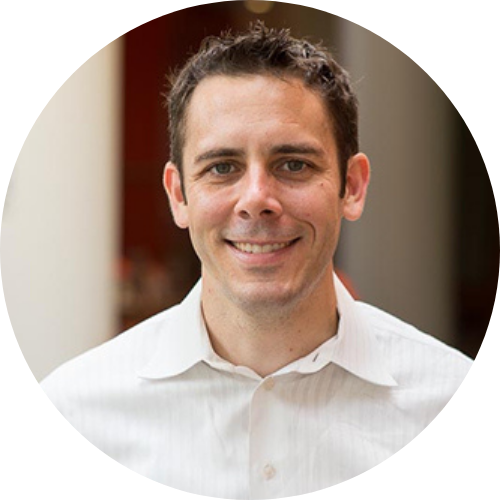Five concrete ways to partner with CEE to advance engineering research and education.

Photo by Mark Stone / University of Washington
As civil and environmental challenges grow more complex — from aging infrastructure and climate change to increasing demands on transportation and water systems — the need for engineers who can meet these challenges head-on has never been greater. Partnerships between academia and external entities play an important role in shaping how those engineers are educated and how research is applied.
These relationships give us a better understanding of what skills our students need in industry and where employers see gaps — and what we as a department can do to address that.”
With civil and environmental engineering at the forefront of many of today’s most pressing issues, CEE is looking outward, inviting new partners to help drive innovation and shape the future of engineering. Since adopting a new strategic plan in 2023, expanding relationships with industry, nonprofit and government partners has become a growing priority.
These collaborations prepare the next generation of engineers, spark discovery and bring valuable insights and resources to the department. They also create opportunities for ongoing dialogue between CEE and the organizations that rely on its graduates.
“These relationships give us a better understanding of what skills our students need in industry and where employers see gaps — and what we as a department can do to address that,” says Sharon Dana, CEE’s Director of Corporate and Foundation Relations.
Here are five ways you and your organization can partner with CEE to make a lasting impact:
1. Sponsor a student capstone project
Through the College of Engineering’s Industry Capstone Program, CEE students partner with external sponsors to solve real-world engineering problems. Students work as a dedicated project team, bringing fresh insight and technical skills to a challenge identified by the sponsor.
Capstone projects have tackled everything from stormwater infrastructure design to construction logistics to sustainable energy planning. Sponsors benefit from early access to student talent, enhanced brand recognition and the opportunity to shape future engineers’ skills.
2. Collaborate with CEE researchers
CEE faculty conduct research in areas like transportation systems, infrastructure resilience, water resources, climate adaptation and environmental sustainability. Your organization can partner on sponsored research projects, contribute through philanthropic gifts, or offer in-kind support such as access to data or equipment.
3. Support student clubs and teams
Engineering clubs and teams like Steel Bridge, Concrete Canoe, Engineers Without Borders and Timber Strong Design Build help students gain teamwork, leadership and project management skills alongside hands-on engineering experience. These groups rely on community support to fund their projects.
Companies can sponsor teams through financial gifts, materials and equipment donations, professional advising and more.
4. Hire interns and recruit talent
Organizations can participate in CEE’s annual Career Fair in the fall to connect with students and recent graduates seeking internships and jobs. To recruit talent throughout the year, companies can post positions on the UW’s job board, present to classes or clubs, or host site visits to showcase engineering projects in action.
5. Use our facilities and labs
CEE’s research facilities are available for use by industry partners and public agencies. These include the X-ray Computed Tomography Lab, which houses the largest CT scanner on campus; the Large-Scale Structural Engineering Testing Lab, featuring the 2.4-million-pound “Big Baldwin” testing machine; and the RAPID Facility, which provides equipment for collecting data after natural disasters.
Other resources include the Washington State Transportation Center, which supports applied transportation research and connects partners across sectors. Additional labs offer expertise in air quality, geotechnical testing and water treatment, making CEE a valuable resource for research and innovation.
Partnering in action: Amazon Science Hub and CEE

A recent collaboration between CEE and Amazon’s Middle Mile Products and Technology team shows how industry partnerships can lead to practical, impactful research.
The connection began through the UW + Amazon Science Hub, which invited faculty to submit proposals aligned with Amazon’s research priorities. Seeing an opportunity to expand his work in transportation systems, Associate Professor Don MacKenzie proposed a project focused on electric freight trucks. His idea was selected by Amazon’s Middle Mile team, which develops and manages the longer-distance routes in the company’s delivery network.
MacKenzie’s project explores how electric freight trucks and personal vehicles might share fast-charging infrastructure along highway corridors. While both types of vehicles need fast chargers, freight trucks require significantly more power and different hardware, including larger connectors and more space to park and maneuver. Similar to how cars and trucks often use different areas at a gas station, the idea is to keep the charging areas physically separate while sharing the same electrical supply and behind-the-scenes equipment. Charging at different times of day helps prevent overloading the system, allowing a single site to serve more vehicles without doubling the infrastructure. The approach could make electric transportation more practical and affordable, especially for long-haul freight.

Don MacKenzie, CEE Associate Professor
The project builds on earlier CEE research supported by WSDOT, in which MacKenzie developed simulation tools to model charging station operations. Those tools are now being adapted to identify the best locations for shared stations based on demand from both passenger vehicles and trucks.
“Fast-charging stations have high fixed costs and low utilization, which makes them expensive to operate,” MacKenzie says. “By identifying locations where both types of vehicles can charge without conflict, we’re working to make electric transportation more cost-effective for everyone.”
The collaboration offers a clear example of how companies can partner with CEE faculty to tackle real-world challenges and how a single proposal can lead to meaningful, applied impact.
Partner with us
Together with industry leaders and organizations, we are shaping the future of civil and environmental engineering.
Originally published June 3, 2025